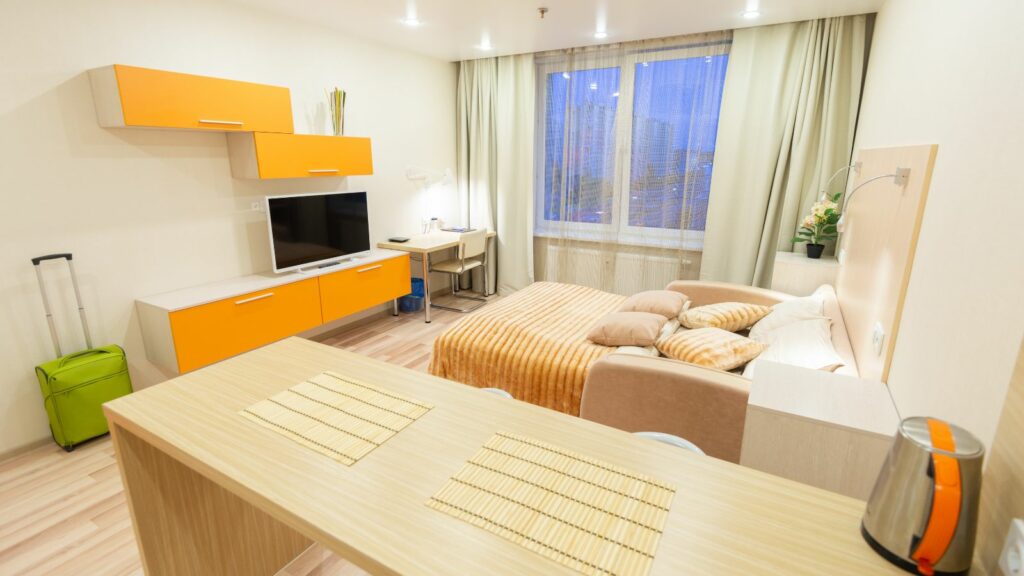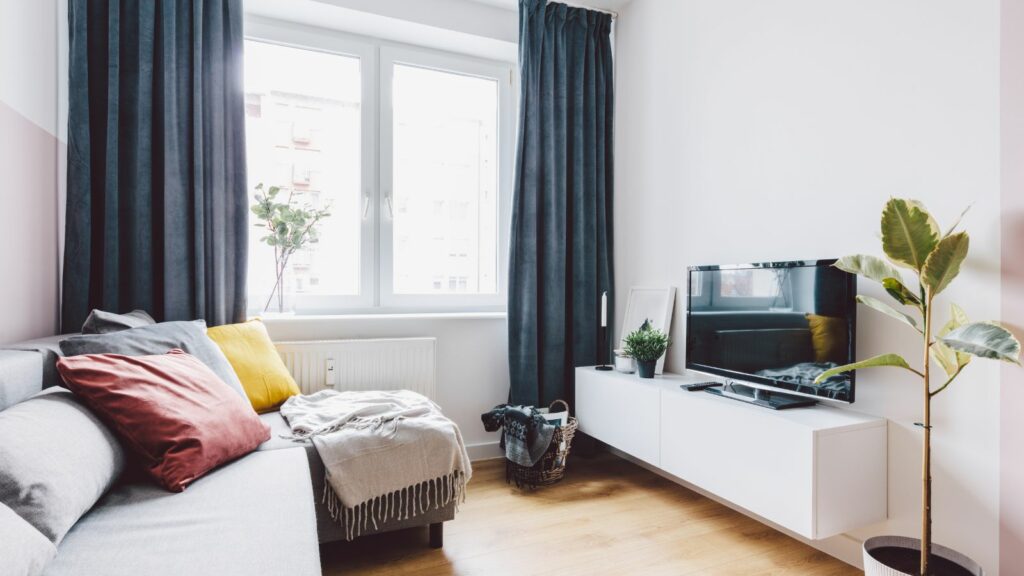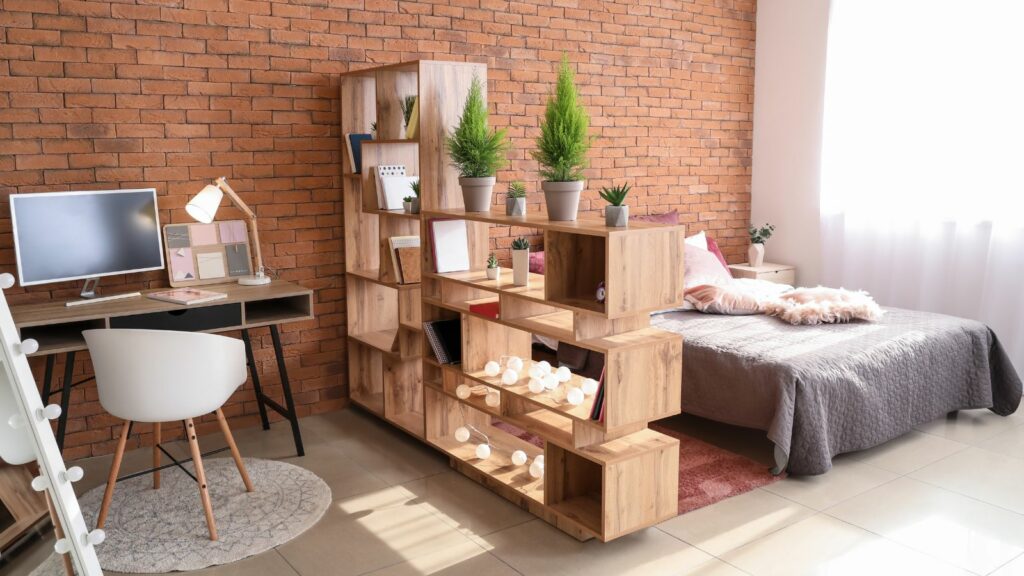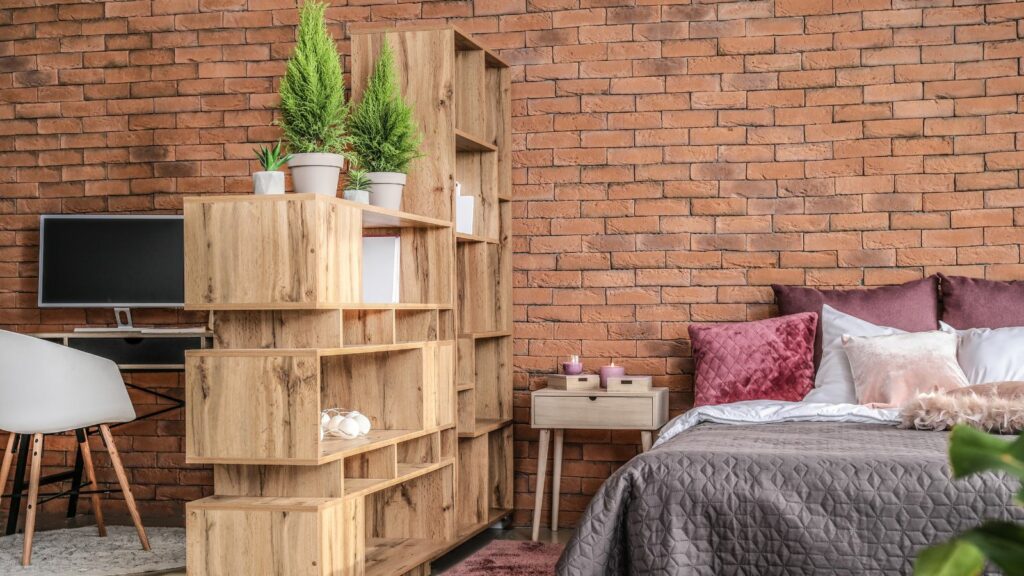In the vibrant world of interior design, there’s a design philosophy that’s been taking the world by storm – minimalism. It’s more than just a style; it’s a way of life. This article will delve into the art of minimalist apartment decor, a trend that’s all about ‘less is more’.
Minimalism, with its pared-down aesthetics and emphasis on functionality, offers a breath of fresh air in our often cluttered lives. It’s the perfect antidote to the excesses of modern living. Whether you’re a seasoned minimalist or just starting out, we’ll guide you through the ins and outs of minimalist apartment decor.
Minimalist Apartment Decor

In the vibrant world of interior design, there’s a design philosophy that’s been taking the world by storm – minimalism. It’s more than just a style; it’s a way of life. This article will delve into the art of minimalist apartment decor, a trend that’s all about ‘less is more’.
Minimalism, with its pared-down aesthetics and emphasis on functionality, offers a breath of fresh air in our often cluttered lives. It’s the perfect antidote to the excesses of modern living. Whether you’re a seasoned minimalist or just starting out, we’ll guide you through the ins and outs of minimalist apartment decor.
The Importance of Space in Minimalist Designs
In minimalist designs, space isn’t just a vessel for furniture, but a crucial element of the design itself. It’s exploited to create a clear line of sight, enhance functionality, and provide breathing room to different elements.
Take for example, a spacious living room decorated minimally. The room’s ample floor area, embraced rather than filled, allows the limited furniture to command attention, producing a clean, uncluttered visual effect. This treatment of space resonates with one of minimalism’s core tenets: ‘less is more’, underscoring the importance of space in minimalist designs.
How to Get Started with Minimalist Decor

Venturing into the realm of minimalist decor isn’t an instant transformation; it’s a journey. The guide below expounds on the essential first steps towards achieving a true minimalist apartment decor—an uncluttered oasis of calm and tranquility.
Paving the way towards minimalist decor begins with decluttering. This practice involves stripping down your living space, ridding it of any unnecessary, unused, or excessive items. The process, though initially daunting, fosters a cleaner, more open environment—characteristic of minimalist decor. To illustrate, opt for one striking piece of artwork instead of a gallery wall, as this reduces visual noise. Embrace functional pieces and avoid excessive decorative items, creating a space where tranquility takes precedence.
Choosing a Color Scheme
Following decluttering, color choice shapes the aesthetic of minimalist decor, using a foundation of neutral tones. A preferred palette usually consists of whites, greys, and beiges—you’re welcome to explore other shades, as long as they’re subtle and soft. The color scheme, however, isn’t restricted to these hues alone. To add depth to your decor, consider accent colors. For example, a pop of blue or mustard can introduce an element of interest without overpowering the minimalist concept. Remember, in choosing colors, balance is key; it’s all about harmoniously merging simplicity and sophistication.
Essential Furniture for a Minimalist Apartment

Transitioning from a cluttered area to a minimalist apartment begins with investing in essential furniture, that embodies both the decorative and functional aspects of minimalism. An understanding of the types and function of such furniture pieces facilitates streamlined purchasing decisions for a minimalist apartment design.
Preserving function and integrity in a minimalist apartment space requires honing in on crucial, multipurpose furniture pieces. One such example forms the bed. Its incorporation assists in creating a restful space while serving as a vital addition for relaxation.
Similarly, a sofa, particularly a sleek, modern design, merges aesthetics with utility, acting as a centerpiece in the living room and providing an area for seating. Strategically chosen tables such as a functional dining table and minimal side tables contribute to maintaining flow whilst offering functional surfaces for dining and display.



